Yueqin Li
Bayesian optimization for backpropagation in Monte-Carlo tree search
Jan 25, 2020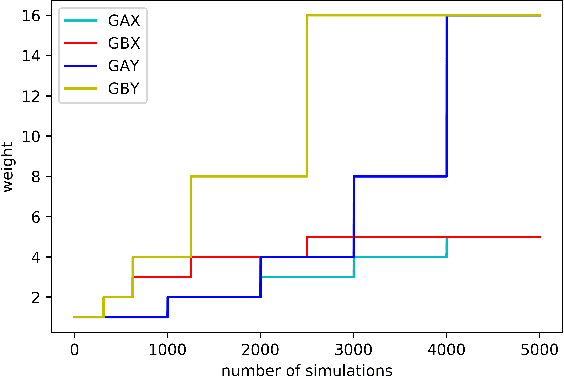

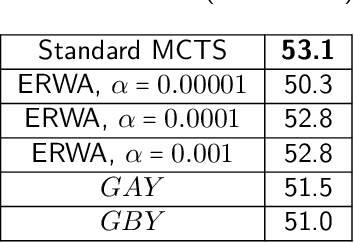
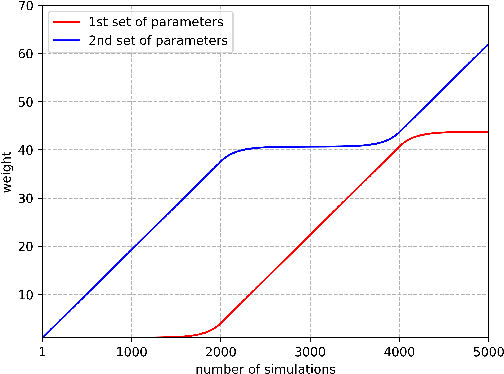
Abstract:In large domains, Monte-Carlo tree search (MCTS) is required to estimate the values of the states as efficiently and accurately as possible. However, the standard update rule in backpropagation assumes a stationary distribution for the returns, and particularly in min-max trees, convergence to the true value can be slow because of averaging. We present two methods, Softmax MCTS and Monotone MCTS, which generalize previous attempts to improve upon the backpropagation strategy. We demonstrate that both methods reduce to finding optimal monotone functions, which we do so by performing Bayesian optimization with a Gaussian process (GP) prior. We conduct experiments on computer Go, where the returns are given by a deep value neural network, and show that our proposed framework outperforms previous methods.
Deep Cytometry
Apr 09, 2019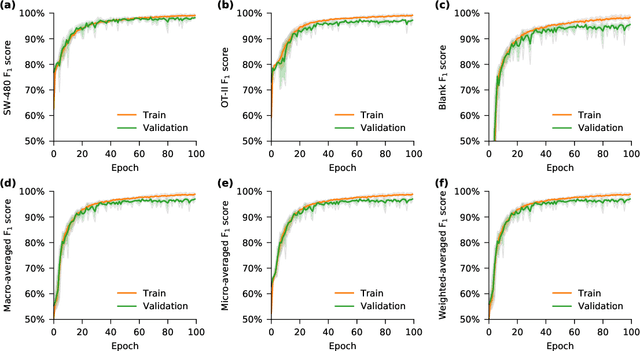
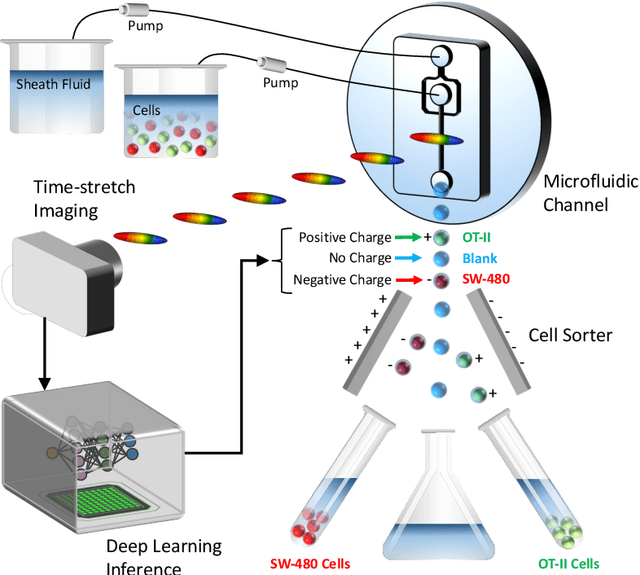
Abstract:Deep learning has achieved spectacular performance in image and speech recognition and synthesis. It outperforms other machine learning algorithms in problems where large amounts of data are available. In the area of measurement technology, instruments based on the Photonic Time Stretch have established record real-time measurement throughput in spectroscopy, optical coherence tomography, and imaging flow cytometry. These extreme-throughput instruments generate approximately 1 Tbit/s of continuous measurement data and have led to the discovery of rare phenomena in nonlinear and complex systems as well as new types of biomedical instruments. Owing to the abundance of data they generate, time stretch instruments are a natural fit to deep learning classification. Previously we had shown that high-throughput label-free cell classification with high accuracy can be achieved through a combination of time stretch microscopy, image processing and feature extraction, followed by deep learning for finding cancer cells in the blood. Such a technology holds promise for early detection of primary cancer or metastasis. Here we describe a new implementation of deep learning which entirely avoids the computationally costly image processing and feature extraction pipeline. The improvement in computational efficiency makes this new technology suitable for cell sorting via deep learning. Our neural network takes less than a millisecond to classify the cells, fast enough to provide a decision to a cell sorter. We demonstrate the applicability of our new method in the classification of OT-II white blood cells and SW-480 epithelial cancer cells with more than 95\% accuracy in a label-free fashion.
 Add to Chrome
Add to Chrome Add to Firefox
Add to Firefox Add to Edge
Add to Edge